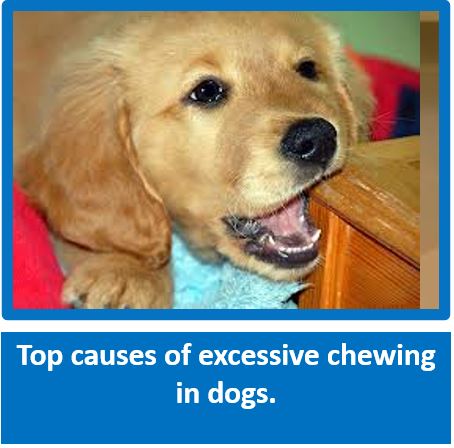
If you are looking for chew toys for your pup or dog, you don't need to look any further! We have a wonderful range of top quality chew toys, suitable for the smallest pup, right through to the Professional Chewing. We have all the top names, Puzzle Toys, Soft Toys, Throwing Toys and so much more. We also have toys for your kitty, and of course the 'little critters'. Available either on-line or at one of our suppliers. www.mcmac.co.za
Chewtoy List
David Letterman's List of Things Dogs Cannot Do While Chewing a Chew-toy
Courtesy of www.dogstardaily.com - brilliant website!

1. Chew carpets, curtains, cushions, couches, clothes, chair legs, children's toys, electrical cords, and computer disks. Play-bite (or mouth) human hands, arms, legs, and ankles. Play tug o' war with trousers, skirts, and shoe laces.
2. Surf kitchen counters. Empty cupboards. Lick butter from the refrigerator. Trash the trash.
3. Dig in the yard for escape or enjoyment. (Certainly a dog can dig while holding a chew toy in his jaws, but if really working on his chew toy he will have little time for digging holes. And he will not want to bury his chew toy with the tastiest treats still inside.)
4. Destroy the yard, chew garden furniture and fences, eat flowers and poisonous plants, truffle for cat faeces.
5. Become overly anxious or bored when home alone. Escape from solitary isolation in the yard (through the dismantled fence). Obsessively and compulsively stare at a blank wall, or chase his tail and run in ever-decreasing circles.
6. Bark for the sake of barking. (The dog may still alarm bark at disturbances. But he will be less likely to bark recreationally if he is busy chewing recreationally.)
7. Grab the leash and jerk back.
8. Drive the car, cross dress, and run up credit card balances. (Just checking to see if anyone is actually reading this list.)
9. Gnaw his paws and chew the root of his tail, aggravating flea allergies and inflaming "hot spots." Or otherwise indulge in noisy personal hygiene in the company of visitors.
10. Annoy other animals. Bait, bother, badger, or bully other dogs. Pester, plague, provoke, tease, trouble or torture cats and children. And otherwise be a pain.
Extracted from Dr. Dunbar’s Good Little Dog Book ( James & Kenneth Publishers, 2003)
2. Surf kitchen counters. Empty cupboards. Lick butter from the refrigerator. Trash the trash.
3. Dig in the yard for escape or enjoyment. (Certainly a dog can dig while holding a chew toy in his jaws, but if really working on his chew toy he will have little time for digging holes. And he will not want to bury his chew toy with the tastiest treats still inside.)
4. Destroy the yard, chew garden furniture and fences, eat flowers and poisonous plants, truffle for cat faeces.
5. Become overly anxious or bored when home alone. Escape from solitary isolation in the yard (through the dismantled fence). Obsessively and compulsively stare at a blank wall, or chase his tail and run in ever-decreasing circles.
6. Bark for the sake of barking. (The dog may still alarm bark at disturbances. But he will be less likely to bark recreationally if he is busy chewing recreationally.)
7. Grab the leash and jerk back.
8. Drive the car, cross dress, and run up credit card balances. (Just checking to see if anyone is actually reading this list.)
9. Gnaw his paws and chew the root of his tail, aggravating flea allergies and inflaming "hot spots." Or otherwise indulge in noisy personal hygiene in the company of visitors.
10. Annoy other animals. Bait, bother, badger, or bully other dogs. Pester, plague, provoke, tease, trouble or torture cats and children. And otherwise be a pain.
Extracted from Dr. Dunbar’s Good Little Dog Book ( James & Kenneth Publishers, 2003)




